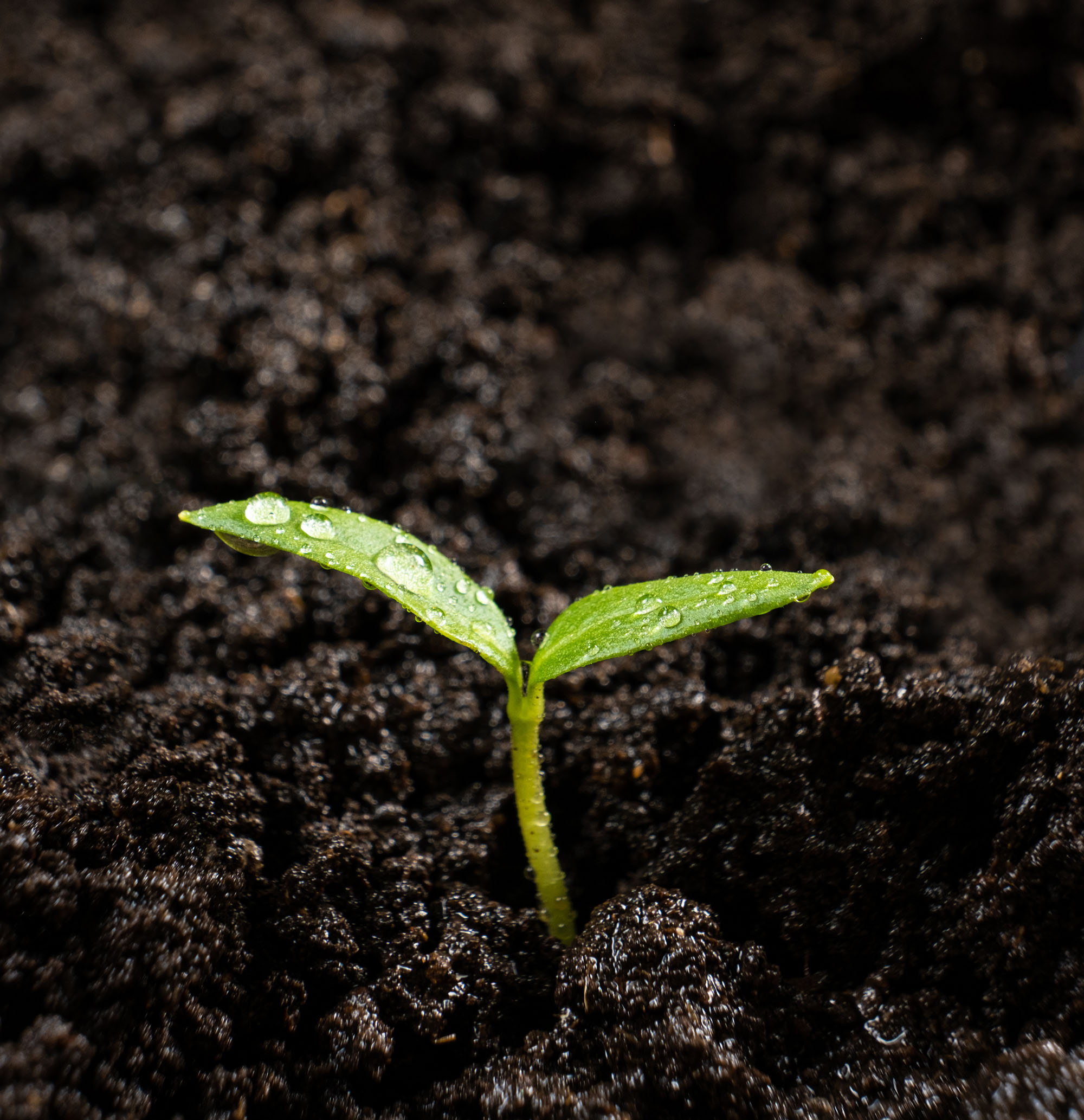WHEN?
In the intricate tapestry of agriculture, the decisions regarding what to sow and when are critical threads that weave together the success of a harvest. These decisions are not arbitrary; they require a nuanced understanding of local climates, soil health, and the unique characteristics of each crop. As farmers embark on the delicate dance of planting, they must synchronize their actions with the rhythm of the seasons.
One of the primary considerations is the local climate and its seasonal variations. Recognizing the dynamic nature of weather patterns is paramount for selecting the right crops at the right time. In the vernal embrace of spring, the stage is set for cool-season crops such as peas, lettuce, and spinach to flourish.
Conversely, as the sun asserts its dominance in summer, the time becomes ripe for warm-season plants like tomatoes, corn, and peppers. The timing of planting is an art that, when mastered, aligns the farmer’s efforts with the optimal conditions for crop development.
Soil health is the bedrock upon which successful cultivation stands. Before sowing, a judicious evaluation of soil quality and nutrient levels is essential. Different crops have distinct soil preferences, and farmers must adjust pH levels and incorporate fertilizers accordingly. The practice of crop rotation becomes a crucial strategy, not only preserving soil fertility but also mitigating the risks of pests and diseases.
Understanding the growth habits of various crops is equally pivotal. Some plants, like carrots and radishes, thrive when sown directly into the soil, while others, such as tomatoes and peppers, benefit from early starts indoors before being transplanted. This tailored approach optimizes space, ensures resource efficiency, and fosters the development of robust, healthy plants.
Modern technology has bestowed farmers with invaluable tools and applications that provide real-time data on weather conditions, soil composition, and optimal planting times. Armed with this information, farmers can make informed decisions, elevating precision and efficiency in their agricultural practices.
In conclusion, the age-old wisdom encapsulated in the phrase “sow what and when” remains a guiding principle in agriculture.
By harmonizing crop choices with seasonal rhythms, adapting to soil conditions, and leveraging technology, farmers can navigate the complexities of cultivation, maximize yield, promote sustainability, and secure a bountiful harvest for generations to come.


Comments are closed.